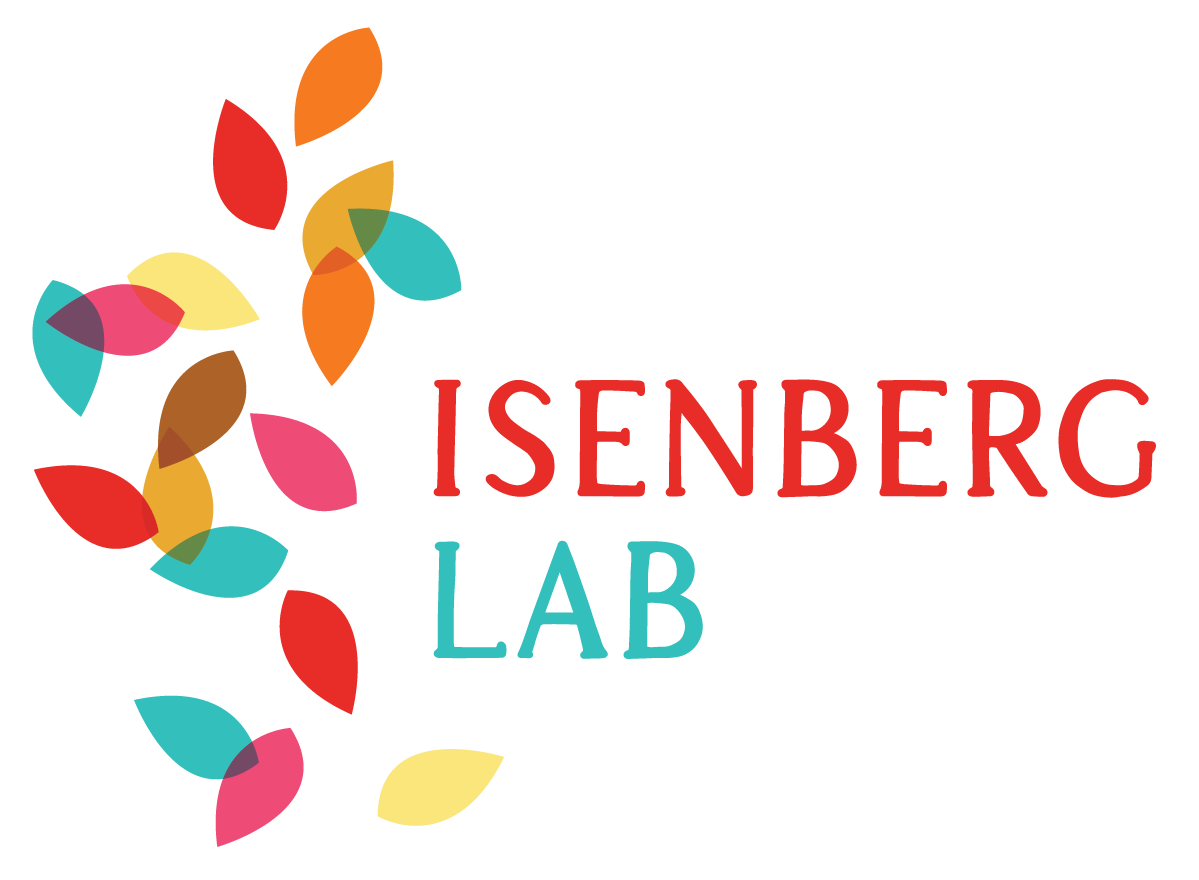-
Erica Tripp is a watercolour and ink artist working from her little home in the woods of Gilmour Ontario. Her vibrant and colourful art is inspired by the forest where she loved exploring with her late son, Bowen, so very much.
-
The juxtaposition of delicate symbolic flowers —poppies, forget-me-nots—with the clinical reality of medical interventions such as PICC lines, oral care swabs, yankauer suction devices, and morphine, highlights the dual presence of care: both technical and emotional. These medical tools, often hidden from public discourse, are made obvious. Rather than presenting these instruments as sterile or frightening, the piece integrates them into a holistic vision of compassionate care. In doing so, it proposes that end-of-life medical support is not antithetical to beauty, but rather an essential aspect of it.
Watercolour was chosen as a medium for its capacity to evoke both delicacy and beauty —qualities that resonate with the ephemeral yet enduring nature of death and memory. By rendering medical objects and human vulnerability in an illustrative format, the work forces a confrontation: it invites the viewer to lean in, to question, and ultimately, to understand.
My intention is not simply to portray death, but to ignite inquiry. I want viewers to walk away from this piece asking questions they may have never thought to ask—questions that, while uncomfortable, are essential. What does a medically supported, compassionate death entail? What are the options available to ensure a loved one’s final days are not defined by suffering, but by dignity and comfort? How can we, as future caregivers, advocates, or simply loved ones, be better informed and more emotionally available when it matters most?
Through this work, I hope to broaden public understanding of palliative and end-of-life care, to normalize conversations that are too often suppressed, and to encourage a cultural shift towards openness, preparedness, and empathy. Death, when met with appropriate care and human presence, need not be feared. It can be beautiful. It can be gentle. And most importantly, it should be talked about.
Previous
Previous
"In Excelsis Doughnut"
Next
Next




